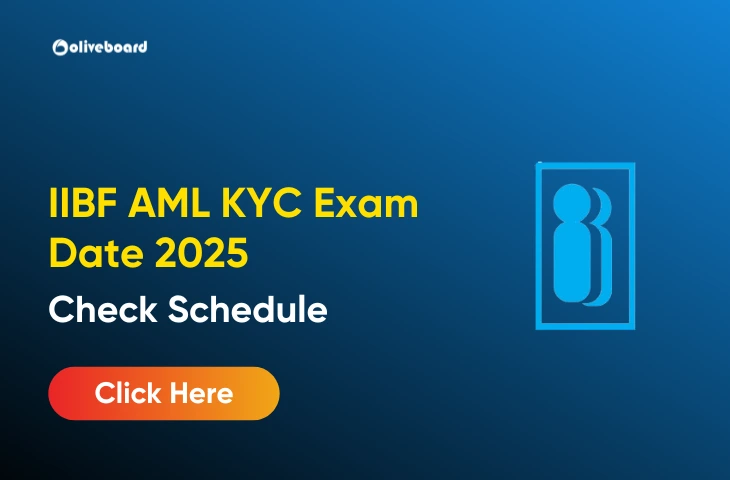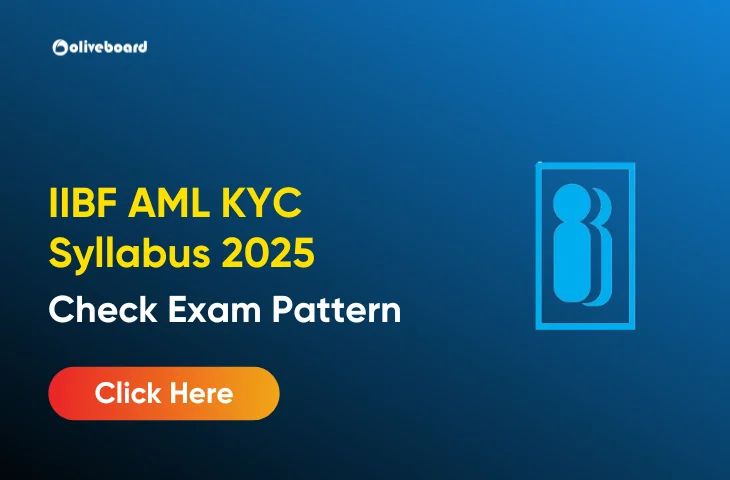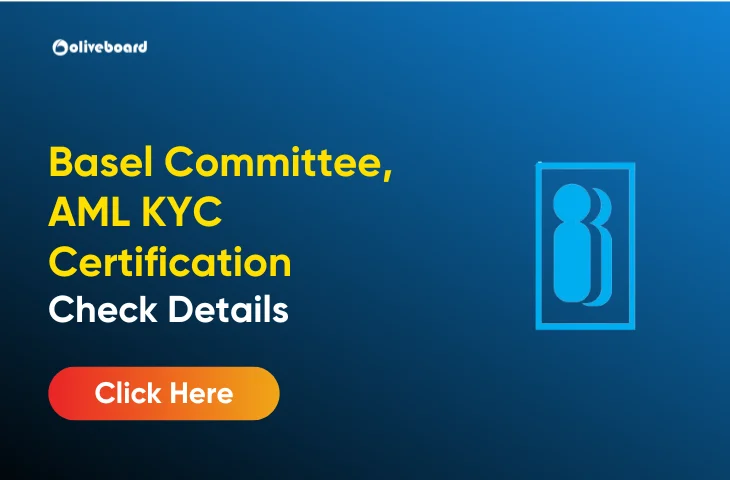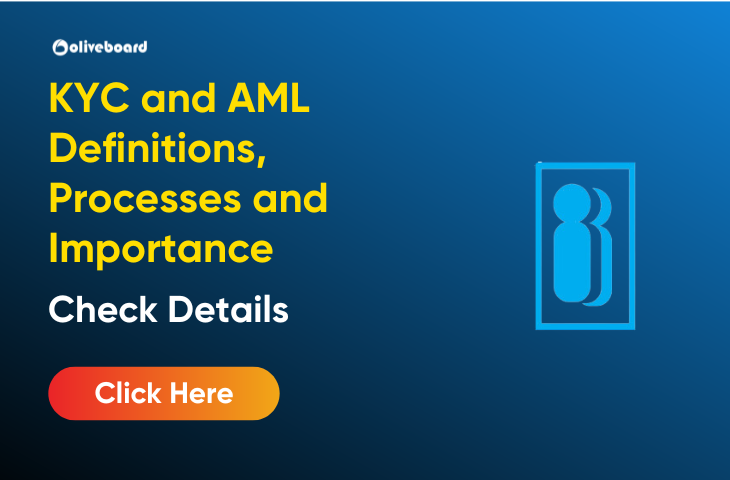KYC and AML
In the modern financial ecosystem, Know Your Customer (KYC) and Anti-Money Laundering (AML) are indispensable pillars for ensuring trust, compliance, and security. Whether you are a student learning about these concepts or a professional dealing with regulatory frameworks, understanding KYC and AML is important. This article provides a comprehensive guide to KYC and AML, their importance, processes, and their impact on the financial sector.
KYC
KYC stands for Know Your Customer. It is a process used by financial institutions and businesses to verify the identity of their clients. The goal of KYC is to prevent illegal activities such as identity theft, financial fraud, and money laundering.
Objectives of KYC
- Identity Verification: Confirming the customer’s identity.
- Risk Mitigation: Identifying potential risks associated with clients.
- Regulatory Compliance: Meeting legal requirements to prevent financial crimes.
AML
AML refers to Anti-Money Laundering. It encompasses laws, regulations, and procedures designed to prevent criminals from disguising illicitly obtained funds as legitimate income.
Objectives of AML
- Preventing Illegal Activities: Stopping the flow of illegal funds.
- Protecting the Economy: Ensuring a fair and transparent financial system.
- Enhancing Transparency: Promoting accountability in financial transactions.
AML/ KYC – Complete Course
The AML/KYC Complete Course offers over 30 live, interactive sessions that thoroughly cover the entire KYC/AML syllabus, following the latest exam pattern. It includes 150+ multiple-choice questions (MCQs) and case studies to help you focus on key topics. You will also get downloadable PDF notes for easy learning and quick revision. The course provides a combination of live classes, recorded lectures, and PDF notes. For your convenience, live sessions are held during non-banking hours, either early in the morning or late in the evening. Additionally, you can access recorded lectures and PDF notes 24/7, allowing you to learn anytime and anywhere. Click the link below to check all the details regarding the AML/KYC course.
Importance of KYC and AML
KYC and AML are important in maintaining the integrity of financial systems by preventing fraud and criminal activities. They ensure regulatory compliance, protect businesses, and build trust among customers and financial institutions.
| KYC | AML |
| Prevents Fraud: Ensures the authenticity of customer information. | Protects Financial Integrity: Prevents the misuse of financial systems. |
| Strengthens Customer Trust: Builds confidence in financial institutions. | Supports Law Enforcement: Assists in tracing and prosecuting criminal activities. |
| Facilitates Smooth Transactions: Reduces delays caused by verification issues. | Ensures Compliance: Helps businesses adhere to global regulatory standards. |
Differences Between KYC and AML
KYC (Know Your Customer) is the process of verifying a customer’s identity to prevent fraud and ensure legal compliance. AML (Anti-Money Laundering) includes a broader set of rules and procedures to detect and prevent money laundering and terrorist financing activities. KYC is a key part of AML, but AML covers a wider range of actions to monitor and report suspicious activities.
| Aspect | KYC | AML |
| Definition | Process to verify customer identity | Framework to prevent money laundering |
| Focus | Customer verification | Detecting and preventing financial crimes |
| Approach | Reactive | Proactive |
| Scope | Individual-level | System-level |
Important steps in the KYC process
1. Collection of Documents
The first step involves gathering identity proof and address proof. Common documents include:
- Passport
- Driver’s License
- Aadhaar Card (for India)
- Utility Bills
2. Identity Verification
Verification is done through:
- Manual checks: Reviewing documents for authenticity.
- Digital methods: Using online platforms for real-time verification.
3. Risk Assessment
Financial institutions classify customers into risk categories:
- Low risk: Regular, verified customers.
- High risk: Politically exposed persons (PEPs) or those from high-risk countries.
4. Ongoing Monitoring
Continuous tracking of customer activity ensures adherence to compliance standards.
Challenges in KYC and AML
KYC and AML processes face several challenges, including the risk of data breaches, the complexity of regulatory compliance across different regions, and the difficulty in accurately assessing high-risk customers.
- High Costs: Implementing KYC and AML systems can be expensive.
- Complex Regulations: Adhering to international standards requires constant updates.
- Data Privacy Issues: Balancing security and customer privacy is a critical concern.
- Technological Gaps: Outdated systems may hinder efficient compliance.
Important Role of Technology in KYC and AML
Technology plays a crucial role in enhancing KYC and AML processes by enabling automated identity verification, real-time transaction monitoring, and advanced data analytics.
1. Artificial Intelligence (AI)
AI-powered systems help identify patterns and anomalies in financial transactions.
2. Blockchain
Blockchain technology ensures secure and immutable record-keeping.
3. Biometric Verification
Fingerprint and facial recognition enhance the reliability of KYC processes.
KYC and AML – Global Standards
Major Organizations Involved
- Financial Action Task Force (FATF): Sets international AML standards.
- United Nations Office on Drugs and Crime (UNODC): Addresses money laundering globally.
- Basel Committee on Banking Supervision: Provides guidance on AML measures.
Tips for Students Learning About KYC and AML
Students learning about KYC and AML should focus on understanding the key regulations, stay updated with global compliance standards, and familiarize themselves with the various tools used for identity verification and transaction monitoring.
- Understand the Basics: Familiarize yourself with key terminologies and processes.
- Study Case Studies: Analyze real-world examples of money laundering schemes.
- Stay Updated: Follow regulatory changes and technological advancements.
- Leverage Online Resources: Use platforms offering certifications in AML and compliance.
AML Compliance Framework
1. Customer Due Diligence (CDD)
CDD involves verifying the identity of clients and understanding their transaction patterns. It includes:
- Basic Due Diligence: For low-risk customers.
- Enhanced Due Diligence (EDD): For high-risk customers.
2. Suspicious Activity Monitoring
Financial institutions must monitor for red flags such as:
- Unusual transaction amounts.
- Frequent large cash deposits.
- Transactions to high-risk countries.
3. Reporting
Suspicious transactions are reported to authorities via:
- Suspicious Activity Reports (SARs).
- Currency Transaction Reports (CTRs).
| Related Article | Links |
| KYC Full Form | Click here to Check |
| KYC/AML/CFT Norms for JAIIB | Click here to Check |
| AML/KYC Certification | Click here to Check |
Conclusion
KYC and AML are important components of the financial landscape, safeguarding institutions and customers alike. As regulations evolve and technology advances, understanding these processes becomes even more critical for compliance and security. By ensuring adherence to KYC and AML guidelines, businesses not only protect themselves from financial crimes but also contribute to a more transparent and secure global economy.
KYC and AML – FAQs
Ans. KYC (Know Your Customer) is a process where financial institutions verify the identity of their clients to prevent fraud and ensure regulatory compliance.
Ans. AML (Anti-Money Laundering) refers to the set of practices and laws designed to detect and prevent money laundering activities.
Ans. KYC helps prevent fraud, strengthens customer trust, and ensures smooth transactions by verifying customer identities.
Ans. AML protects the financial system’s integrity, assists law enforcement, and ensures businesses comply with global regulations to prevent illicit activities.
Ans. AML measures help identify suspicious activities, track illicit transactions, and ensure compliance with laws that prevent financial crimes.
Ans. Challenges include dealing with evolving regulations, maintaining customer privacy, and combating sophisticated fraud techniques.
Ans. Technology helps automate identity verification, monitor transactions in real time, and ensure compliance with evolving regulations.
- Legislation Against Money Laundering, AML KYC Certification

- IIBF AML KYC Exam Date 2025, Check Schedule

- IIBF AML KYC Certification, Check Complete Details and Benefits

- IIBF AML KYC Syllabus 2025, Check Exam Pattern

- Basel Committee, AML KYC Certification Course

- International Cooperation of Money Laundering, KYC AML


Hello there! I’m a dedicated Government Job aspirant turned passionate writer & content marketer. My blogs are a one-stop destination for accurate and comprehensive information on exams like Regulatory Bodies, Banking, SSC, State PSCs, and more. I’m on a mission to provide you with all the details you need, conveniently in one place. When I’m not writing and marketing, you’ll find me happily experimenting in the kitchen, cooking up delightful treats. Join me on this journey of knowledge and flavors!
